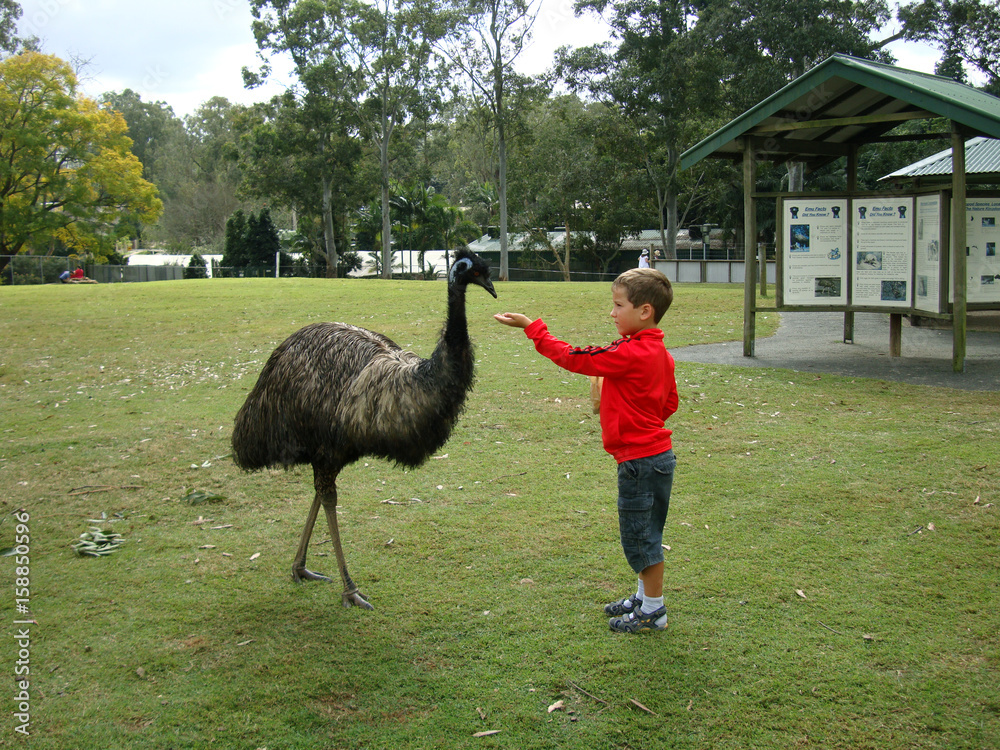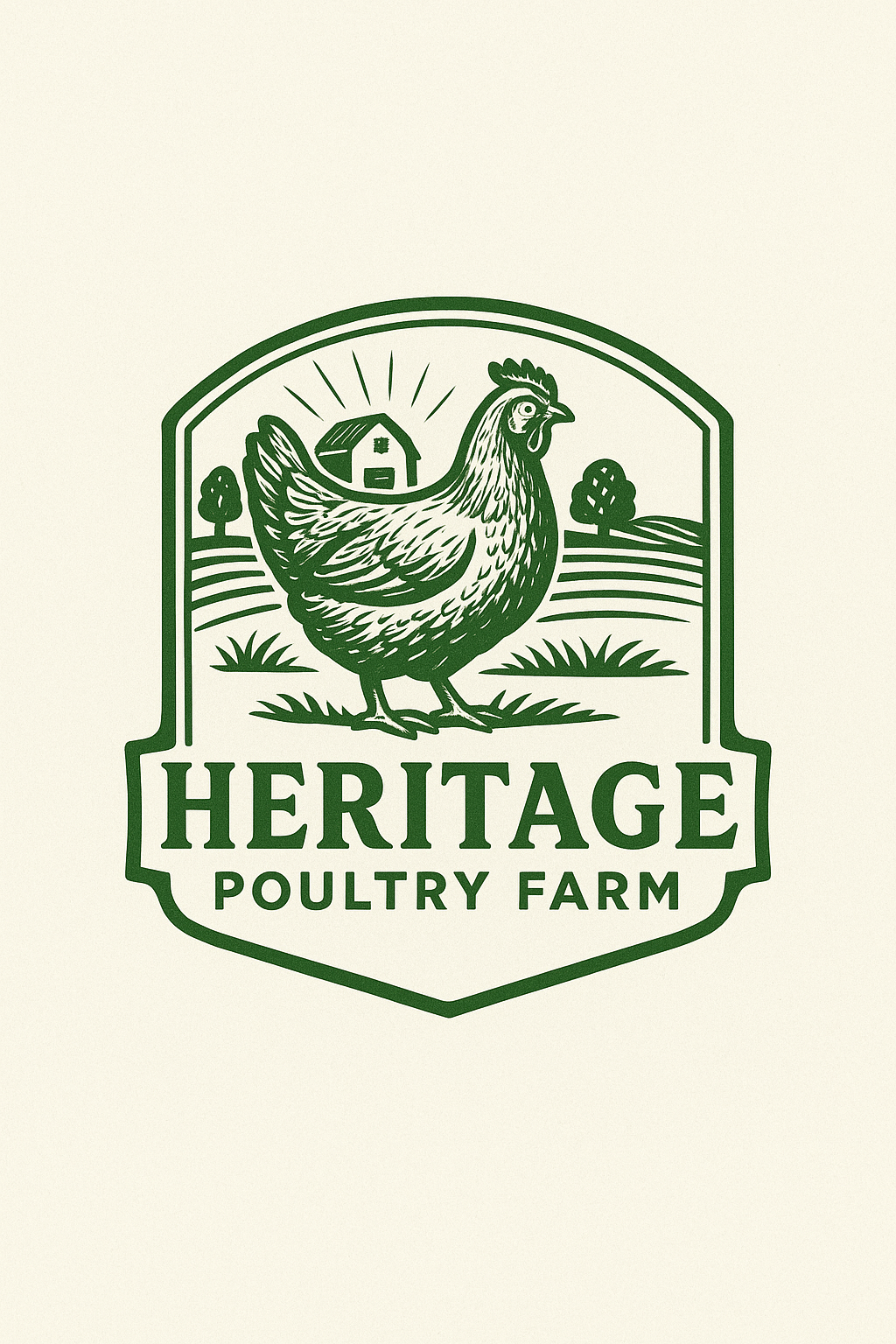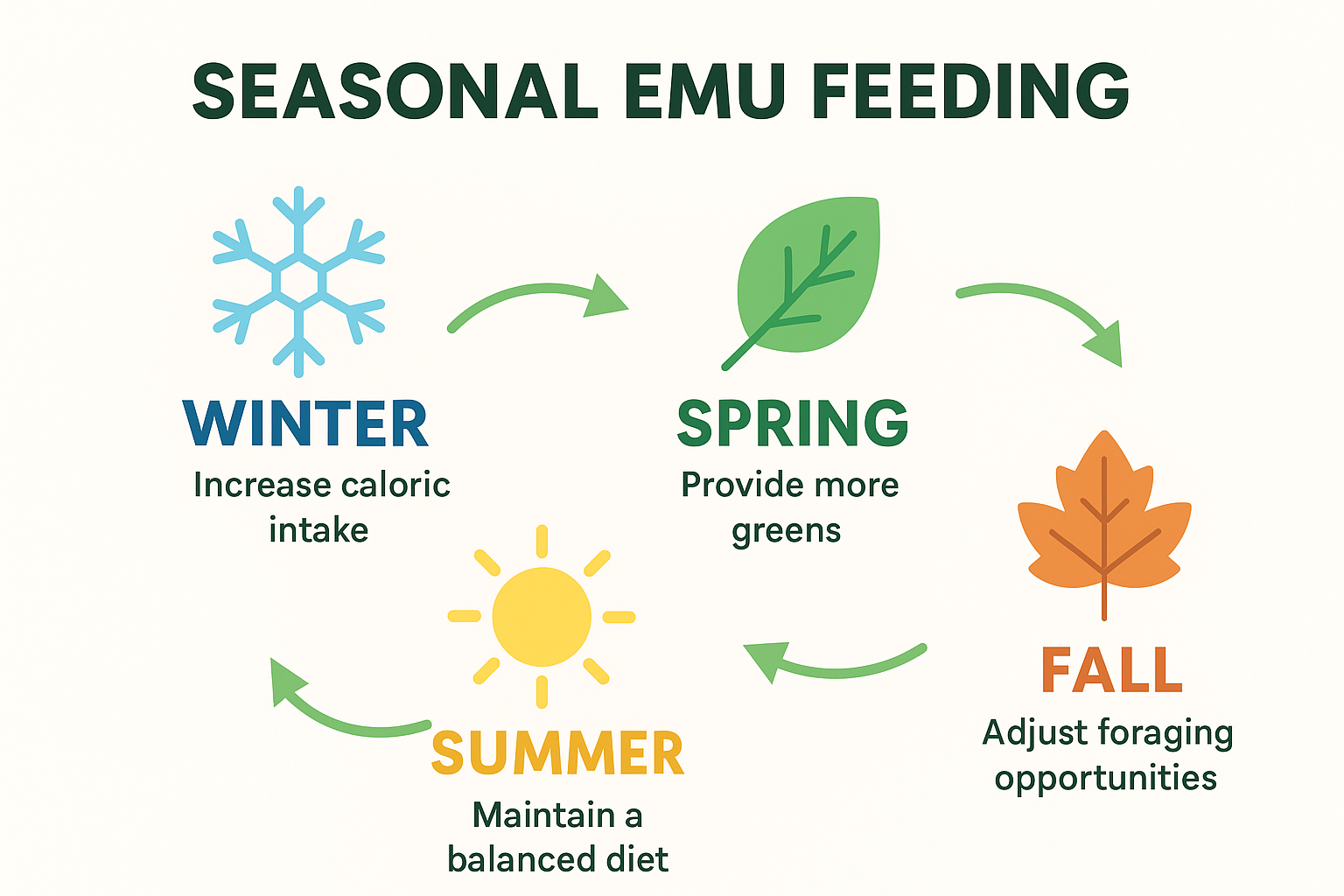Uncategorized
Diet & Nutrition for Emus: What to Feed Depending on Age & Purpose
Feeding emus the right way is one of the most important parts of raising these incredible birds. Whether you’re keeping them for breeding, meat, or simply as farm companions, understanding their dietary needs through every stage of life makes all the difference. At Heritage Poultry Farm, we’ve worked with emus for years, and here’s everything you should know about their nutrition and feeding habits.
1. Feeding Emu Chicks for a Strong Start
In the first few days of life, emu chicks depend on the nutrients absorbed from their yolk, but they soon need a specialized diet to sustain their rapid growth. Young chicks thrive on a high-protein starter feed containing around 20 to 24 percent protein. This supports bone strength, feather development, and muscle growth during their first few months. The feed should be finely crumbled or pelleted to make it easy to eat.
Clean, fresh water is crucial during this stage, and temperature regulation plays a big role in appetite and digestion. Avoid overfeeding bulky or low-nutrient foods early on, as they can slow growth or cause leg weakness. When chicks reach about two months old, they can begin transitioning to a grower feed.

2. The Grower Stage: Developing Healthy Juveniles
Between two and six months of age, emus enter their grower phase. This is when they start gaining height and muscle mass more steadily rather than rapidly. A feed containing 16 to 20 percent protein works best during this stage, with balanced vitamins and minerals to support bone structure and internal organ development.
Many farmers allow young emus access to safe pasture at this point. Foraging encourages natural behaviors and allows them to nibble on grass, seeds, and small insects—just like they would in the wild. The combination of commercial feed and natural grazing keeps them active, reduces stress, and strengthens their immune system.
3. Feeding Mature Emus for Maintenance or Breeding
By about eight months, emus reach maturity, and their diet needs change once again. Adult emus do well on a pelleted or coarse feed containing about 14 to 17 percent protein. At this point, diet depends largely on their purpose. Breeding emus benefit from feed with slightly elevated calcium and vitamin D levels to improve eggshell quality and fertility. Emus kept for meat production, on the other hand, may need a bit more energy content in their diet to promote steady weight gain.
Regardless of purpose, fresh greens and seasonal produce such as leafy vegetables, berries, or soft fruits make excellent supplements. These add natural nutrients and keep birds interested in their food. Avoid feeding processed or high-sugar foods, as these can disrupt digestion.

4. Seasonal Feeding Adjustments
Emus are resilient birds, but their energy needs fluctuate throughout the year. During cold months, they burn more calories to stay warm, so providing extra feed or slightly higher-fat diets can help. In summer, their appetite may decrease slightly, so offering fresh greens and ensuring constant access to cool water becomes essential.
Molting and breeding seasons also demand nutritional boosts. During molt, emus lose and regrow feathers, which requires more protein. Breeding pairs need additional vitamins and minerals to stay in peak condition for laying and incubation. Monitoring each bird’s body condition helps you fine-tune their diet to prevent underfeeding or obesity.
5. Natural Foraging and Enrichment
While formulated feed ensures balanced nutrition, emus also benefit from opportunities to forage. Allowing access to open space with grass, shrubs, and natural grit promotes both physical and mental health. They instinctively pick up pebbles, small stones, and soil, which aid digestion by helping their gizzards grind tougher foods.
Providing a diverse environment keeps them busy and reduces behavioral stress, especially for birds raised in pairs or small groups. Observing how your emus graze and explore also gives you valuable insight into their health and appetite. A curious, active bird is almost always a healthy one.

Final Thoughts
At Heritage Poultry Farm, we’ve seen firsthand how the right diet can transform an emu’s health, behavior, and overall quality of life. Whether you’re feeding chicks just starting their journey or managing mature breeding pairs, nutrition forms the foundation of everything.
A well-fed emu grows stronger, lives longer, and shows off the striking plumage that makes these birds so special. If you’re interested in raising emus or purchasing healthy, well-fed stock, visit Heritage Poultry Farm to learn more about our available emus for sale and care advice. With the right feeding routine, your emus will thrive all year long.

